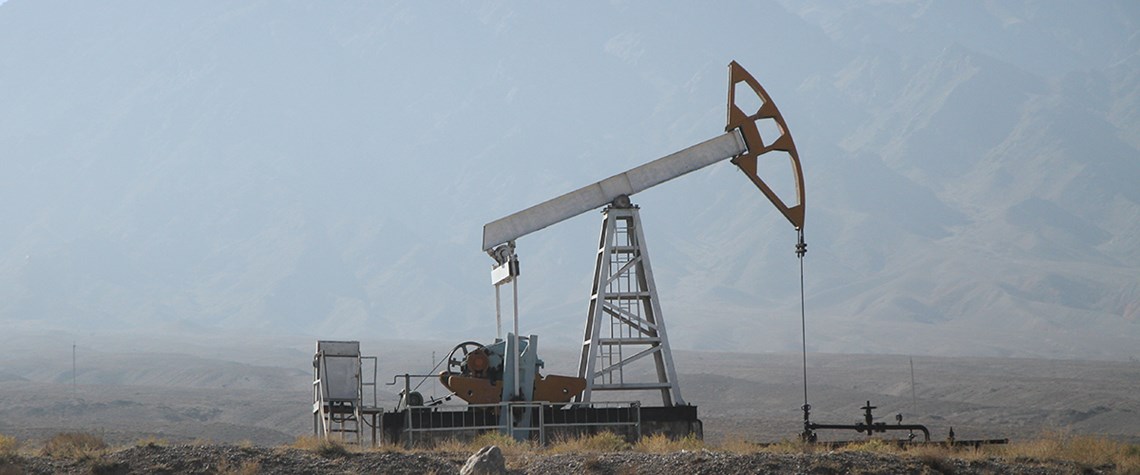The oil market has a forecasting problem
Predicting oil production growth is a perilous task at best. Surging US oil output isn’t helping
Back in November, when Opec's ministers sat down in Vienna to assess the market and plot their strategy to rebalance supply and demand, their data brought good news. Non-Opec supply in 2018 would rise by just 870,000 barrels a day, said the monthly oil-market report from the group's secretariat, but global consumption would increase by 1.53m b/d. Demand for Opec's own oil would reach 33.4m b/d in 2018—almost 800,000 b/d more than the group was producing. Another heave on the cuts would clear the stock overhang and bring supply and demand into balance. Three months of surging tight oil output later and the outlook, for Opec and the market, has changed. So, once again, have the data—and the re

Also in this section
25 July 2025
Mozambique’s insurgency continues, but the security situation near the LNG site has significantly improved, with TotalEnergies aiming to lift its force majeure within months
25 July 2025
There is a bifurcation in the global oil market as China’s stockpiling contrasts with reduced inventories elsewhere
24 July 2025
The reaction to proposed sanctions on Russian oil buyers has been muted, suggesting trader fatigue with Trump’s frequent bold and erratic threats
24 July 2025
Trump energy policies and changing consumer trends to upend oil supply and demand








